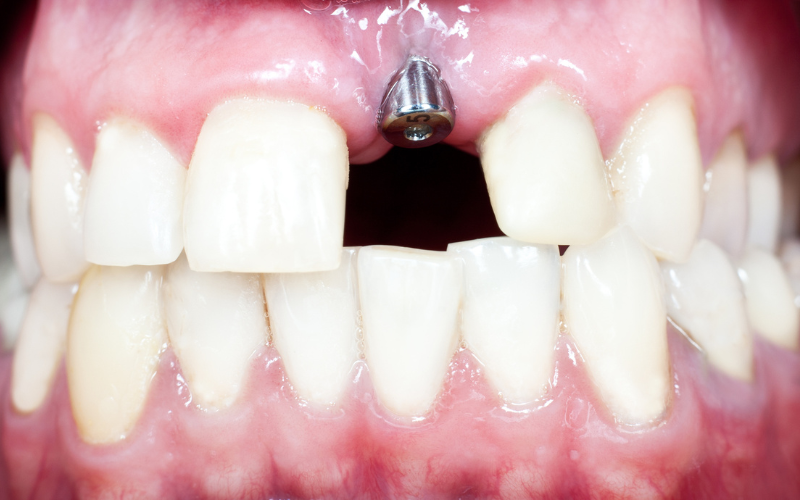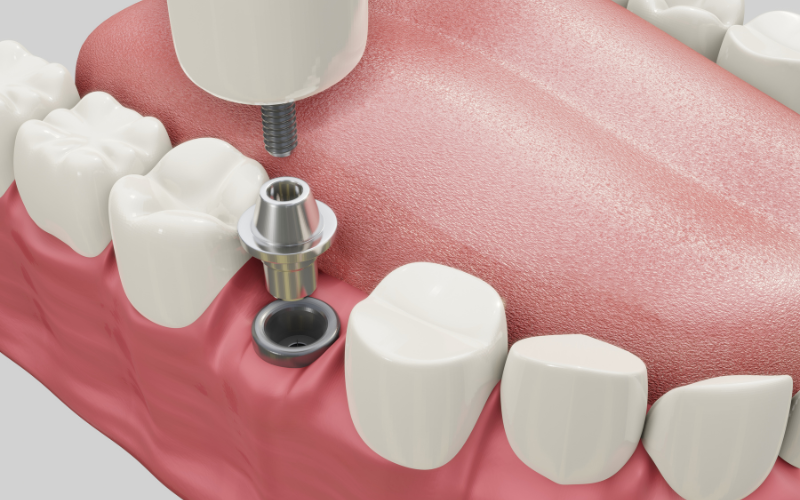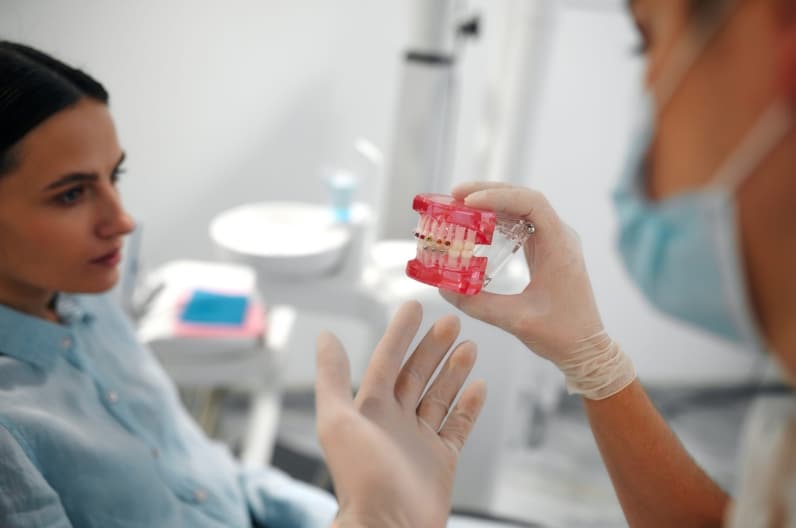Subscribe to our newsletter!
Dental implants have revolutionized tooth replacement, offering a stable and long-lasting solution for missing teeth. But a common question that lingers in the minds of many is: does getting a dental implant hurt? This comprehensive exploration will delve into the realities of dental implant surgery and pain management.

Dental implants stand as a pinnacle of innovation in dentistry, crafted to seamlessly replace missing teeth. These implants, typically comprising a titanium post, are surgically anchored into the jawbone, serving as a robust foundation for an artificial tooth. This process not only restores the aesthetic appeal but also the functional integrity of natural teeth. The titanium post, deeply embedded in the jawbone, effectively mimics the root of a natural tooth, laying the groundwork for a tooth replacement that's both stable and enduring.
Dental implant surgery is a meticulous process that embeds the implant post into the jawbone. This surgical intervention is a multi-step journey, beginning with the insertion of the post and followed by a critical healing period. Throughout this time, the jawbone fuses with the implant in a process known as osseointegration, providing a stable base for the artificial tooth. Renowned for its effectiveness, dental implant surgery has emerged as a premier choice for tooth replacement, transcending the limitations of traditional options such as dentures or bridges.
When contemplating dental implants, a common apprehension pertains to the pain associated with the implant procedure. It's pivotal to recognize that modern dental implant surgery, while indeed a surgical process, has evolved significantly. Thanks to the advancements in anesthetic technology, the procedure is conducted with minimal discomfort. Patients are typically administered local anesthesia, ensuring the implant site is thoroughly numbed, thereby mitigating pain during the surgery. This evolution in pain management transforms the experience into one that prioritizes patient comfort.
The sensation experienced during dental implant surgery can be likened to the familiar discomfort of tooth extraction. The procedure, performed under the veil of local anesthesia, aims to minimize any pain. However, patients might perceive sensations of pressure or mild vibration, indicative of the implant being placed. Following the surgery, it's common to experience some level of discomfort, akin to post-tooth extraction symptoms. This post-operative pain is generally manageable with prescribed or over-the-counter pain medication, ensuring a recovery that is as comfortable as possible.
Bone grafts play a pivotal role in preparing the jawbone for dental implant placement, especially when the bone density is insufficient. This preparatory step is essential for ensuring that the jawbone can adequately support the dental implant. While the thought of a bone graft may sound daunting, the procedure is typically not overly painful. Anesthetic and sedation options are employed to minimize discomfort, making the experience more comfortable for the patient. The grafting process sets the stage for a successful implant by enhancing the jawbone’s structure and strength.
Once the jawbone is prepared, either naturally or through grafting, the next crucial step is placing the implant post. This stage of the dental implant process involves a surgical procedure where a titanium post is carefully inserted into the jawbone. Local anesthesia is applied to the implant site to ensure the patient experiences minimal discomfort. The titanium post acts as a sturdy anchor, a foundation for the forthcoming artificial tooth.

Following the placement and integration of the implant post, the next step involves the abutment, a critical component that connects the post to the artificial tooth. Unlike the initial placement of the implant post, fitting the abutment is generally less invasive, focusing primarily on the gums. After this procedure, it's common for patients to experience some tenderness and swelling at the implant site, but these are typically mild and temporary symptoms.
The journey to a complete dental implant can take several months, a timeline dictated largely by the need for the jawbone to fully integrate with the implant post. This healing and integration period is vital for the long-term stability and functionality of the dental implant, ensuring it can withstand the rigours of daily use.
Effective pain management following dental implant surgery usually involves over-the-counter pain medications. It's common for patients to experience swelling, bruising, and mild discomfort at the implant site, but these symptoms typically diminish within a few days. Adherence to the dentist's post-operative care instructions is crucial for a smooth and swift recovery.

As with any surgical procedure, dental implant surgery comes with its set of potential risks, although they are relatively rare. These risks can include infection at the implant site, potential damage to surrounding structures, and nerve damage, which might result in pain, numbness, or tingling sensations. Maintaining excellent oral hygiene and following your dentist’s guidelines are essential steps in mitigating these risks and preventing complications such as peri-implantitis.
In the realm of modern dentistry, dental implants stand as a beacon of innovation. These implants offer not just a durable and functional solution, but also an aesthetically pleasing one, blending seamlessly with natural teeth. The journey to getting dental implants in Windsor, though initially perceived as daunting due to concerns about pain, becomes far less intimidating when armed with knowledge about the process and effective pain management strategies.
Ultimately, embracing dental implants means embracing a future where the challenges of missing teeth are addressed with one of the most effective solutions available in contemporary dentistry.

Subscribe to our newsletter!